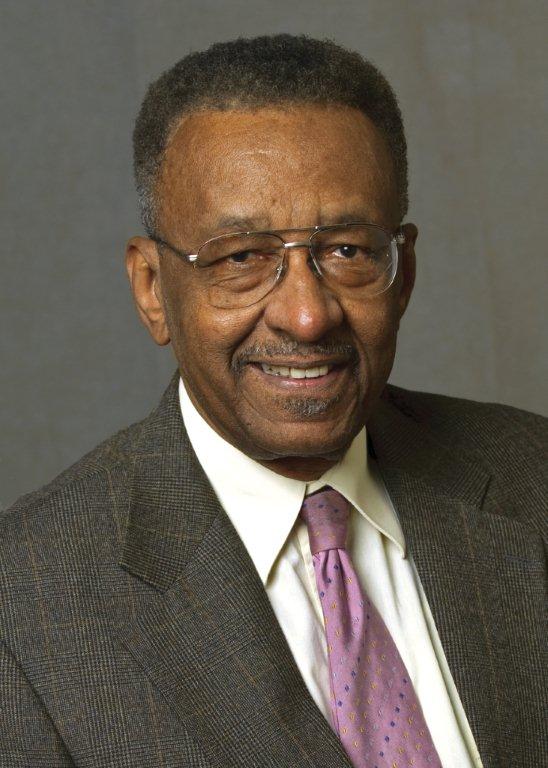There’s the old admonition: It’s better to be safe than sorry. The fact of life is that one can be both safe and sorry – that’s if we acknowledge the consequences of having too much safety. Let’s look at it.
National Transportation Safety Board (NTSB) investigators blamed a fuel-tank fire for the July 17, 1996, crash of Paris-bound TWA 800, where all 230 people on board were killed. The Federal Aviation Administration (FAA) advisory committee recently heard a joint industry-agency task force report concluding that adding nonflammable gases (fuel-tank inerting) would significantly reduce, perhaps eliminate, the risk of fuel-tank explosions. Nonetheless, the task force recommended against an FAA fuel tank-inerting mandate, saying that it would “have an enormous operational impact, with costs that far exceeded the benefits.” They estimated that the $10 billion to $20 billion cost of fuel-tank modification would save a total of 253 lives.
One predictable response to the agency-industry task force recommendation was the condemnation: You can’t put a price on human life. That’s a frequently heard response to safety issues, often accompanied by: If it saves one life, it’s worth it. Despite the emotional appeal of such pleas, intelligent – not to mention humane – public policy demands that we ask: Is it worth it to spend $10 billion to $20 billion dollars to save an estimated 253 lives? Of course, if it’s your life that’s saved, you’ll say, “It’s worth it,” but that’s a callous disregard for other lives.
You say, “Williams, what in the world could you possibly mean?” Reconfiguring airliner fuel tanks will cost $10 billion to $20 billion. Guess how airlines will recoup that cost? If you guessed higher ticket prices, go to the head of the class. Higher ticket prices might mean that some families, who might otherwise fly to visit grandmother during the Christmas holidays, would decide to drive instead. Highway travel is many times more hazardous than air travel. So we should ask: How many people would die on the highway as a result of higher ticket prices caused by “fuel-tank inerting”? It might be many more than 253 lives.
Some years ago, there were calls for mandatory airline infant seats. The FAA’s analysis showed that forcing parents traveling with babies to purchase another ticket instead of their infant traveling on their laps would cost an additional $1 billion in airfare expenses on families over a 10-year period. Because of the higher cost, 20 percent of the families would shift to driving. Because of the higher fatality rate associated with driving, FAA analysis concludes there would be a net increase of 82 infant and adult fatalities over the 10-year period as a result of imposing this “safety” regulation.
So what’s the lesson? The first is that if we only look at the benefits of a policy, we’d do darn near anything, including stupid things such as mandating a 5 mph highway speed limit. After all, there’s a benefit to anything. The second is that in evaluating public policy we shouldn’t only pay attention to what is seen but to what is unseen, as well.
Another way of putting this is: There is no free lunch. Fuel-tank inerting might save 253 lives by preventing fuel-tank explosions, but is the $10 billion to $20 billion price tag the only cost? What if higher airfares led to an additional 1,000 highway deaths? Are the 253 lives saved by fuel-tank inerting worth it?
If more of us were familiar with Frederic Bastiat’s pamphlet “What Is Seen and What is Not Seen” (available through fee.org), these questions would be a natural part of the public-policy debate.
